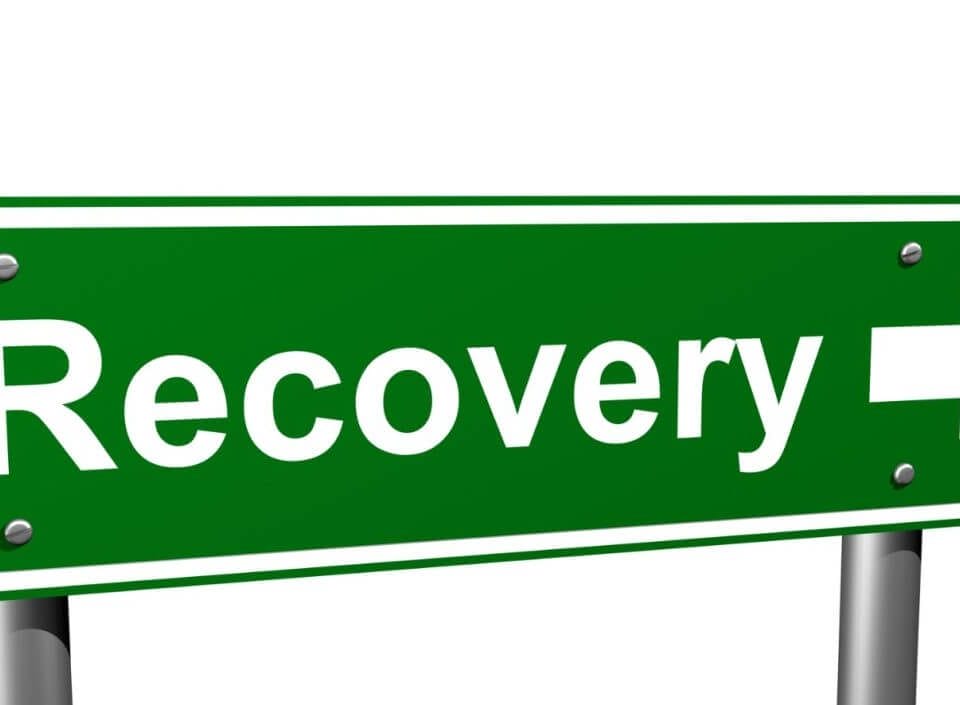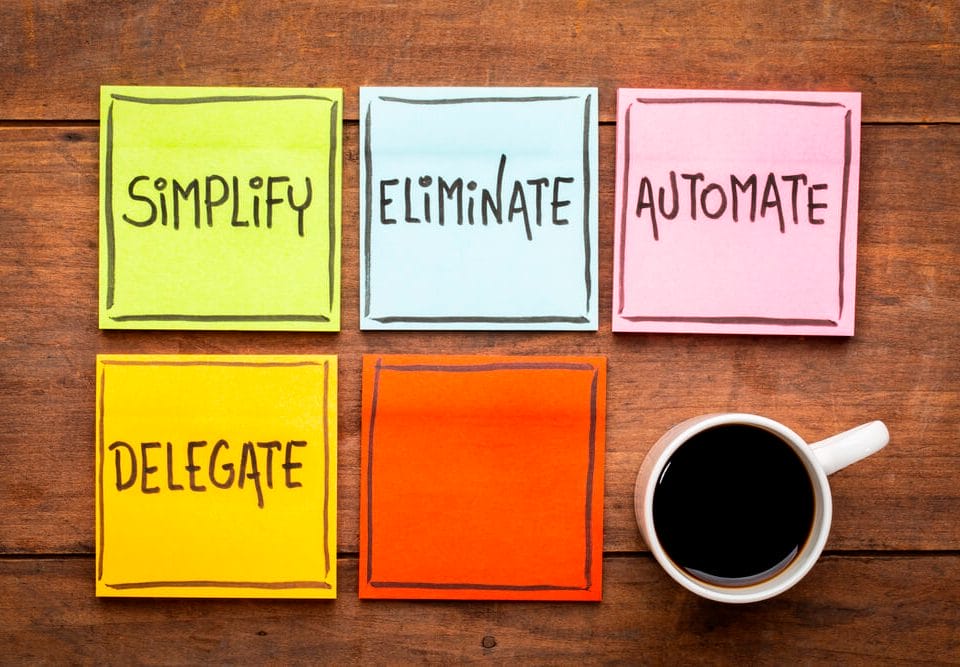
Design a Better Hiring Process
Create a better hiring process
When dealing with people, remember you are not dealing with creatures of logic, but with creatures of emotion
Dale Carnegie
American writer and lecturer, and the developer of courses in self-improvement, salesmanship,
corporate training, public speaking, and interpersonal skills
"Our People Are Our Greatest Resource"
One of the most common sayings in business is "our people are our greatest resource". Businesses regularly invest in their employees, in fact, they spend money on training regularly ( over $1,000 per employee in 2021.) They spend money on benefits, employee engagement consultants, leadership skills, etc. AND, most critically, we depend on our team members to drive our growth, optimizing the business and performance. I've heard from CEOs, "We only want to hire "A-Players" . But the one area that is the most critical for ensuring our employees are rock stars and A-Players from the onset is most often neglected.
Yes Virginia, Your Hiring Process is Broken
Not long ago I was asked to help interview for a critical role. The hiring manager was under pressure from the CEO to get this role hired, but the recruiter was not finding and evaluating sufficiently good talent. I interviewed one person who seemed to have the right capabilities but unfortunately had a lack of leadership capability. The new hire was a good individual contributor but not ready for a visible leadership role in a business of 5,000 people. I did not recommend the hire. The hiring manager said "she can grow into the role". He hired her. Unfortunately this new employee didn't last a year as she couldn't evolve into leadership role, strategic thinking, and converting strategy to action. The interview process didn't work.
How to Design a Better Hiring Process
When it comes to hiring, organizations often face the challenge of finding, interviewing, and hiring top-talent. The interview process from recruiting to ensuring the new hire is successful on their first days is one of the most critical processes in any business. Yet it is often neglected.
There are many factors to consider when designing a hiring process, but some common challenges include:
- How to repeatable process that is a good experience for the candidate and the business
- How to identify the right skills and experience for the role
- How to assess if a candidate will excel at the role
- How to create a fair and unbiased process to evaluate candidates
- How to efficiently manage a large pool of candidates
In this article, we'll share some tips on how to design a better hiring process. This will be part 1 of a 2 part series.
By taking into account the challenges listed above, you can create a process that is more efficient and effective in finding the right talent for your organization.
1. A Better Hiring Process is Repeatable
Is your hiring process like this today? (most business do it similarly)
1) Manager writes job description and gives it to HR
2) HR posts job online
3) HR gives list of interested candidates to select from to interview
4) Hiring manager selects a few of his/her peers to interview the candidate and make a recommendation. Interviewers ask random questions.
5) HR Schedules interviews at various times, and has to chase down feedback.
6) HR unlikely provides updates / feedback to candidate(s)
Here are a few of the many challenges with the above hiring process:
1) No Process: The process is ad-hoc
2) Likeability and experience only: Interview process tends to be more focused on do I like him / her and have they done it before versus can they really perform well at the job. Likability vs performance.
3) No consistency or Repeatability: No one is trained to perform an interview to drive good outcomes (we all do it like we have always done it). Everyone does things differently. And there is no clear alignment to if any interviews are done correctly or not.
4) Cultural Fit: No specific, targeted analysis for cultural fit outside of -- yes, he would work well in our team.
A better hiring process would be
1) Need Defined: Hiring manager defines need.
2) Competency List Created: HR partners with hiring manager to build a priority list of key competencies critical for the role. <<note there's no experience listed here>> The reason why is that experience does not have a direct correlation to performance. Its only a "been there done that" but not "done that well".
3) Recruit for Role
4) Define behavioral based questions to validate competencies (along with Rubric): HR recruits for role and defines behavioral interview based questions to validate competencies.
5) Pre-interview Meeting to set expectations with interviewers.
6) Interview against behaviors. To prevent bias. No discussing candidates until feedback is "locked in" to recruiting system / process.
6) Post interview meeting to rate candidates utilizing rubric ratings.
More details on each of these steps in a better hiring process below....
2. A Better Hiring Process Has Clearly Defined Capabilities for the Role to be Hired
The second step to design a better hiring process is to clearly define the skills and competencies required for the role. This will help you identify the right candidates and assess their qualifications. Human resources should partner with the hiring manager to define the best skills, capabilities, and experience for the role.
Note that its rate where industry experience is a requirement, but could be a nice to have for certain roles. Many great team members who have the right competencies can rapidly learn an industry (but its more difficult to learn competencies.
Often times the best way to start is ask yourself, "what problems, gaps, or needs am I solving for? For example, if the role is a customer service agent.
1) The need you are solving for: is to meet and solve customer needs and problems in a friendly, expeditions way.
2) What capabilities are needed for this job: Capabilities are core to how the person operates. This role would require ownership, accountability, action-based, clear communication, some level of solutioning.
3) Experience is helpful for this role though probably not fully necessary as long as the recruit can demonstrate the #2 capabilities above. They can be easily trained.
Human resources should partner with the hiring manager to both write the job description, and identify the key capabilities required for the role. Also, most businesses should have critical capabilities that all team members should have before being hired.
An example of this is Amazon's "ownership" capability which all new hires must exhibit. They define this as "Leaders are owners. They think long term and don’t sacrifice long-term value for short-term results. They act on behalf of the entire company, beyond just their own team. They never say “that’s not my job."
The better hiring process is improving ... keep reading.
3. Use Behavioral Based Interviewing for a Better Hiring Process
Behavioral based interviewing is a critical piece to design a better hiring process. Once you've defined the skills and capabilities required, the next step is to assess candidates' qualifications.
The premise behind behavioral interviewing is that the most accurate predictor
of future performance is past performance in similar situations. Behavioral interviewing,
in fact, is said to be 55 percent predictive of future on-the-job behavior,
while traditional interviewing is only 10 percent predictive.
Katherine Hansen, Ph.D, QuintCareers.com
To create a good behavioral interview process (and a better hiring process):
1) Develop a list of the key capabilities that would be seen in all jobs at the business.
2) Develop a list of behavioral based questions based on the core capabilities.
3) Utilize a rubric to rate responses on a scale from 1-5. 5 being rare and an expert in the capability, 1 being did not represent the capability. 3 would be unclear if they represent the capability.
4) Develop a training program that all members must take before they can interview -- ensuring consistency across the board.
The above plan will help remove any type of bias from he program and ensure a consistent and better hiring process as well.
3. A Better Hiring Process is Fair and Unbiased
It's important to create a fair and unbiased hiring process. This means ensuring that all candidates are treated equally and that the selection criteria are applied consistently. The interview process I reviewed in section 1 helps prevent bias by the following ways:
1) All candidates get asked the same questions by a given interviewer. Different interviewers will have different questions.
2) Rubric to rate answers to questions on a scale of 1-5. Where 1-2 are does not meet standards, 3 is unsure, and 4-5 are meets/exceeds standards.
3) Do not discuss candidates until all feedback on candidates is submitted.
Having a training program to ensure that all interviewers are trained in the process helps ensure standardization as well.
4. A Better Hiring Process Can Efficiently Manage a Large Pool of Candidates
When you're dealing with a large pool of candidates, it's important to have an efficient system in place for managing the process. This includes creating a system for tracking candidates, communicating with candidates, and scheduling interviews.
There are a number of software solutions that can help you efficiently manage a large pool of candidates. Consider using a tool like Applicant Tracking System (ATS) to help you streamline the process.
5. A Better Hiring Process Gets Immediate Feedback From Stakeholders
After you've designed a better hiring process, it's important to get feedback from stakeholders while its at top of mind. This includes managers, HR professionals, and employees.
Feedback can help you identify areas for improvement and make sure that the process is working as intended.
When getting feedback, be sure to consider the following:
The objectives of the hiring process
The effectiveness of the assessment techniques
The fairness and unbiased of the process
The efficiency of the process
By taking into account the challenges and tips listed above, you can design a better hiring process. This will help you find the right talent for your organization and improve your overall efficiency.
Ensure you hire and retain the best talent for your business: Create a Better Hiring Process.
Focusing solely on what you can potentially do better than any other organization is the only path to greatness.
Jim Collins:
American researcher, author, speaker and consultant focused
on the subject of business management and company sustainability and growth







